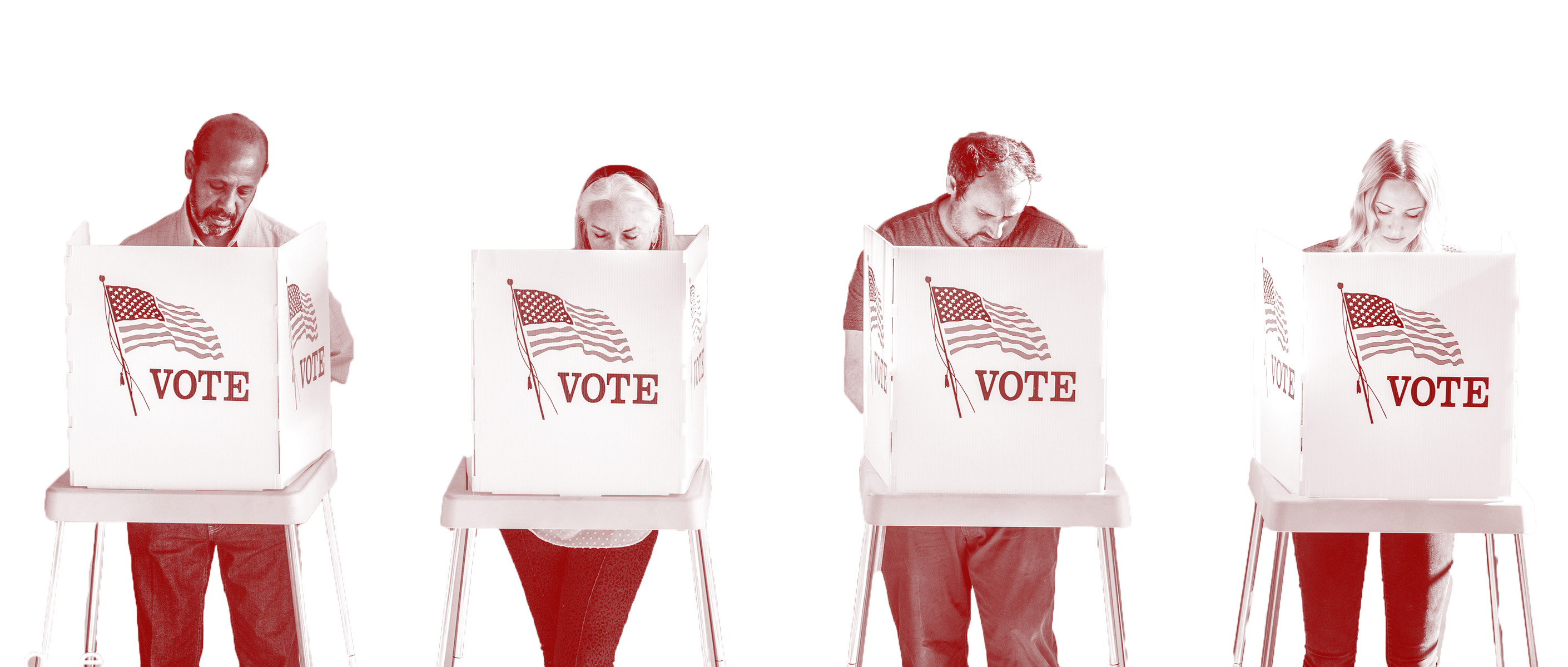
Guest Post: Facebook Live Case Study: The Institute for Social Policy and Understanding
Sep 12, 2017
If you want to share an event with your audience, Facebook Live is a tremendous tool
The Institute for Social Policy and Understanding (ISPU), the organization for which I run communications, held a panel discussion on May 16 about the implications of designating the Muslim Brotherhood as a Foreign Terrorist Organization. Due to the wide range of interested parties, and in an effort to allow access to this collection of expert voices, we decided to stream this event on ISPU’s Facebook page in the form of a Facebook Live session.
Why Facebook Live?
The decision to use Facebook Live was pretty simple for us. We wanted to allow others outside the Washington, DC area to hear from our panel on a designation that would affect all American Muslims. We have used Livestream in the past, but the cost and lack of pre-established audience made it an ineffective choice (a lot of work, for a rather unpredictable audience). ISPU has around 10,000 followers on Facebook, so Live is a great way for us to communicate what we’re up to this crowd as well.
How We Prepared
In preparation, we purchased new audio equipment and a new tripod, as these addressed two issues we’d had with previous recordings. To combat weak volume and too much background noise, we purchased a Sterling Audio ST31 microphone and iRig Pro. We also purchased a Zomei travel tripod. In the past, we’ve either used very flimsy tripods that created a shaky image or tripods that were impossible to pack, let alone carry due to their size and weight.
I tested my audio equipment the day before in a smaller room here in the office and borrowed a second phone to use for recording. This was because I knew I would need to live tweet and monitor our Facebook audience during the event. I would highly recommend using the additional phone for the filming, thus keeping your own phone (the one with which you are most familiar) handy for in-the-moment activities.
We also made a Facebook Event, created a hashtag, and advertised via Constant Contact emails and social media several times before the event: two weeks out, one week out, three days out, and the day of the event.
The Outcome
The event went well institutionally, but there were two main areas that left something to be desired from a communications perspective.
Audio
The iRig (which powers the mic) plugs into the iPhone’s lightning jack. As such, the phone could not be plugged in while streaming. This essentially limits you to a 60-minute event; ours was 90 minutes. The result was that I needed to swap the additional audio for a charging cable for the final 30 minutes of our event. There is supposedly a lightning jack splitter available, though I was warned against using these for charging and audio input at the same time.
Additionally, the audio equipment still didn’t solve my volume or clarity issues. I am still unpacking what happened here, but I would strongly advise against testing in a room that is different from the one your event will be in. Good results from a smaller room did not translate to the much larger event hall.
I am not a sound tech, but never assume equipment is a quick fix. Especially audio equipment seems to fall into two categories: Cheap or Professional Grade. We bought the latter, though I am not sure it was professional grade. Test, test, test beforehand.
Engagement
We didn’t get a very large audience on Facebook Live. We didn’t have many people sharing and we didn’t have many people commenting. These harmed our reach and led to a rather flat Q&A session, in that so many whom we counted as being in attendance were effectively silent.
Lessons Learned
Audio
- Test for audio in the room you will be using, not in a different environment.
- Use the same setup more than once.
- In total, this was ISPU’s 4th Facebook Live attempt. We had never run the same setup twice, which nullifies much of our ability to identify what did or didn’t change from a previous experience. Changing only one variable at a time would help us identify whether the problem was actually fixed.
Engagement
- Arrange amplifiers ahead of time.
- I was managing two phones at once, while being prepared to pass questions to my panel. There is no time to invite people to the discussion or ask people questions in the chat. We pre-scheduled tweets with the hashtag, but these had to be posted by someone else during the event, once we had a Facebook Live link to share.
- Have some pre-arranged questions, in case the discussion stalls.
Conclusion
Would I do it all again? Yes. In fact, my experience argues for more Facebook Live tests than to abandon the platform all together. I know there is room to grow, but the differences between Facebook (in our case, a potential audience of 10K, for free) and Livestream ($500 for equipment and zero outreach beyond what you manufacture) is night and day. The cost and lack of audience on Livestream makes it a non-starter, frankly.
If you want to share an event with your audience, Facebook Live is a tremendous tool (assuming you or your organization has a strong and engaged following on this platform).
Stephen McGrath is the Communications Director for the Institute for Social Policy and Understanding.

